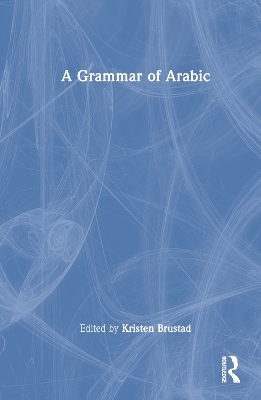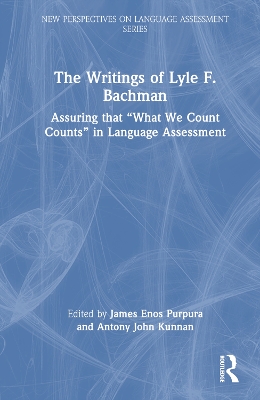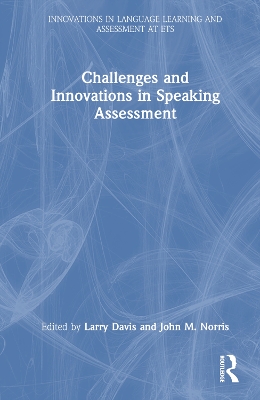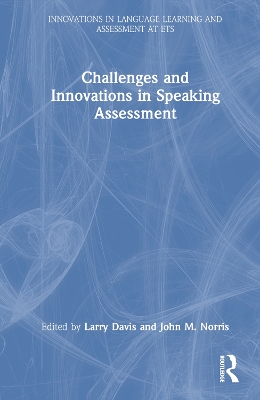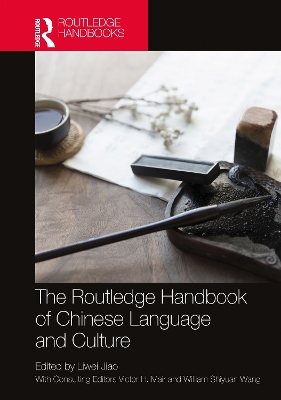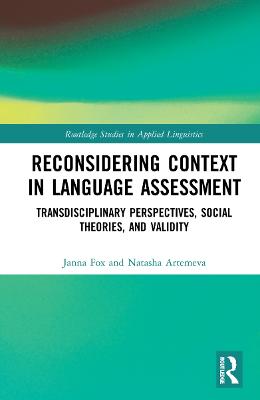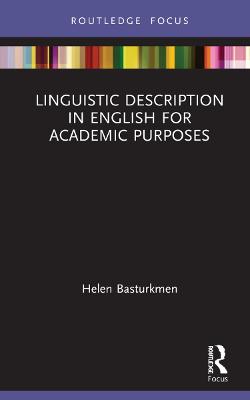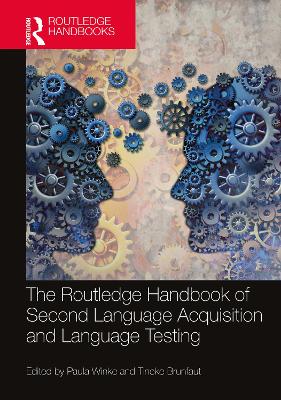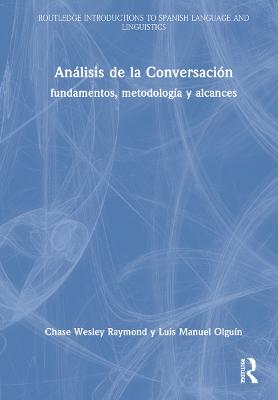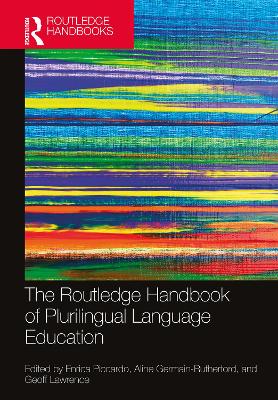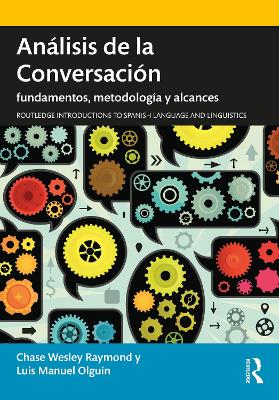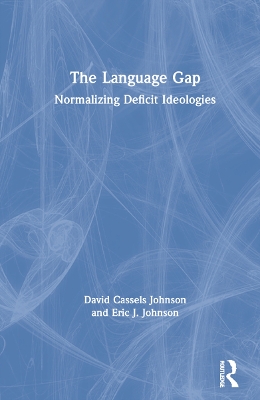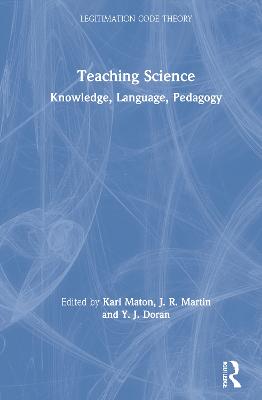Routledge Handbook of Language Testing
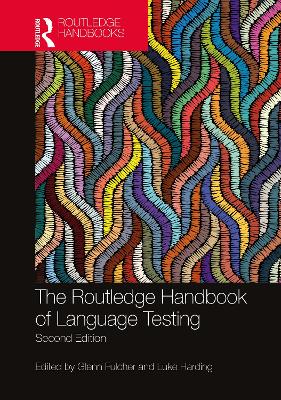 -10%
portes grátis
-10%
portes grátis
Routledge Handbook of Language Testing
Harding, Luke; Fulcher, Glenn
Taylor & Francis Ltd
12/2021
656
Dura
Inglês
9781138385436
15 a 20 dias
1260
List of figures
List of contributors
Acknowledgements
Editorial
Section 1: Validity
Chapter 1: Conceptions of validity.
Chapter 2: Articulating a validity argument.
Chapter 3: Inference and prediction in language testing.
Section 2: The Uses of Language Testing
Chapter 4: Social dimensions of language testing.
Chapter 5: Designing language tests for specific purposes.
Chapter 6: Revisiting language assessment for immigration and citizenship.
Section 3: Classroom Assessment and Washback
Chapter 7: Classroom based assessment.
Chapter 8: Washback: looking backwards and forwards.
Chapter 9: Assessing young learners.
Chapter 10: Dynamic assessment.
Chapter 11: Diagnostic assessment in language classrooms.
Section 4: Assessing the Language Skills
Chapter 12: Assessing speaking.
Chapter 13: Assessing listening.
Chapter 14: Assessing writing.
Chapter 15: Assessing reading.
Section 5: Test Design and Administration
Chapter 16: Test specifications.
Chapter 17: Evidence-centred design in language testing.
Chapter 18: Accommodations and universal design.
Chapter 19: Rater and interlocutor training.
Section 6: Writing Items and Tasks
Chapter 20: Item writing and item writers.
Chapter 21: Writing integrated tasks.
Chapter 22: Test-taking strategies and task design.
Section 7: Prototyping and Field Tests
Chapter 23: Prototyping new item types.
Chapter 24: Pre-operational testing.
Chapter 25: Piloting vocabulary tests.
Section 8: Measurement Theory in Language Testing
Chapter 26: Classical test theory.
Chapter 27: Item Response Theory and Many-Facet Rasch Measurement.
Chapter 28: Reliability and dependability.
Chapter 29: Scoring performance tests.
Section 9: Technology in Language Testing
Chapter 30: Validity and the automated scoring of performance tests.
Chapter 31: Computer-based testing.
Chapter 32: Corpus linguistics and language testing.
Section 10: Ethics, Fairness and Policy
Chapter 33: Ethics and fairness.
Chapter 34: Standards in language proficiency measurement.
Chapter 35: Quality management in test production and administration.
Epilogue
Chapter 36: Language testing: where are we heading?
Index
List of figures
List of contributors
Acknowledgements
Editorial
Section 1: Validity
Chapter 1: Conceptions of validity.
Chapter 2: Articulating a validity argument.
Chapter 3: Inference and prediction in language testing.
Section 2: The Uses of Language Testing
Chapter 4: Social dimensions of language testing.
Chapter 5: Designing language tests for specific purposes.
Chapter 6: Revisiting language assessment for immigration and citizenship.
Section 3: Classroom Assessment and Washback
Chapter 7: Classroom based assessment.
Chapter 8: Washback: looking backwards and forwards.
Chapter 9: Assessing young learners.
Chapter 10: Dynamic assessment.
Chapter 11: Diagnostic assessment in language classrooms.
Section 4: Assessing the Language Skills
Chapter 12: Assessing speaking.
Chapter 13: Assessing listening.
Chapter 14: Assessing writing.
Chapter 15: Assessing reading.
Section 5: Test Design and Administration
Chapter 16: Test specifications.
Chapter 17: Evidence-centred design in language testing.
Chapter 18: Accommodations and universal design.
Chapter 19: Rater and interlocutor training.
Section 6: Writing Items and Tasks
Chapter 20: Item writing and item writers.
Chapter 21: Writing integrated tasks.
Chapter 22: Test-taking strategies and task design.
Section 7: Prototyping and Field Tests
Chapter 23: Prototyping new item types.
Chapter 24: Pre-operational testing.
Chapter 25: Piloting vocabulary tests.
Section 8: Measurement Theory in Language Testing
Chapter 26: Classical test theory.
Chapter 27: Item Response Theory and Many-Facet Rasch Measurement.
Chapter 28: Reliability and dependability.
Chapter 29: Scoring performance tests.
Section 9: Technology in Language Testing
Chapter 30: Validity and the automated scoring of performance tests.
Chapter 31: Computer-based testing.
Chapter 32: Corpus linguistics and language testing.
Section 10: Ethics, Fairness and Policy
Chapter 33: Ethics and fairness.
Chapter 34: Standards in language proficiency measurement.
Chapter 35: Quality management in test production and administration.
Epilogue
Chapter 36: Language testing: where are we heading?
Index

